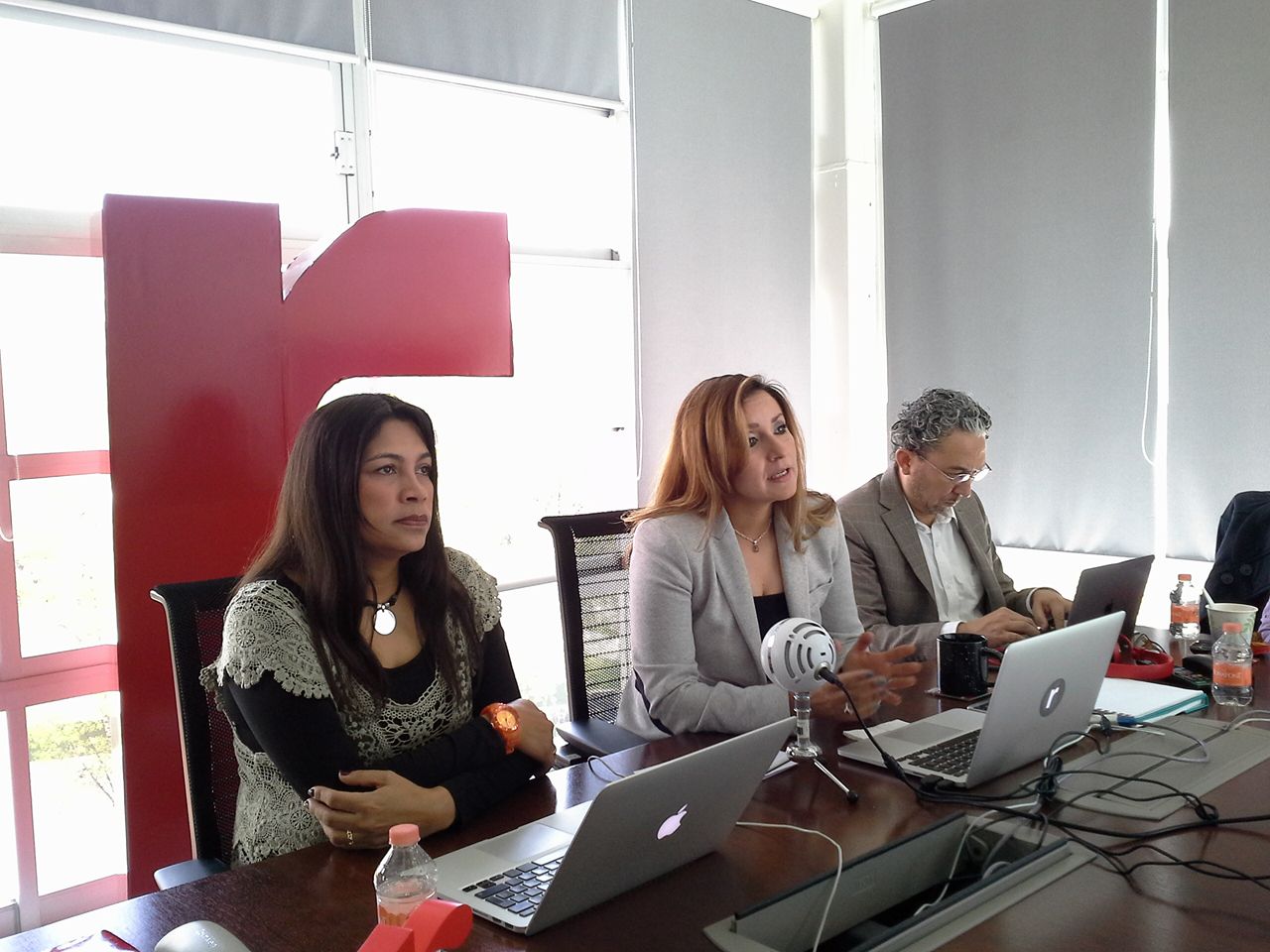
The fourth and last session of the Certification Course: The new electronic publishing model and Redalyc 3.0: XML JATS tagging, held on August 25, focused on clarifying some doubts about the use of Marcalyc; to go deeper into the products generated with the tagging using said tool; to make a comparison of the different tagging systems regarding processing time, costs and benefits; as well as to make public the roadmap for the adoption of the XML standard in Redalyc.
In this regard, Dr. Arianna Becerril García, Director of Technology and Innovation at Redalyc, began her intervention by explaining the characteristics that the input files to Marcalyc must present and how to upload said files. Later, she showed in detail the products and formats generated by the tool developed by Redalyc, namely: the intelligent viewer, the mobile viewer, ePUB, PDF, HTML, XML JATS4R, XML SciELO, and the new Redalyc 3.0 home page.
In this session, the teacher Eliana Guzmán Useche, who participates in a research project on the open access scientific publishing model, based on a cooperation agreement between the University of Los Andes, Venezuela, and the Autonomous University of the State of Mexico, through Redalyc, made a comparison between the tagging tools and the products generated by them.
From the analysis carried out by the teacher Guzmán, it is concluded that the average processing time of an article with the Marcalyc tool is from 1.0 to 1.2 hours; with the SciELO tool, from 1.5 to 2 hours; with Annotum, from 3.0 to 3.5 hours; and with oXygen, from 4.5 to 5 hours. Regarding the products derived from the tagging with the different systems, the aforementioned analysis reveals that Redalyc, with Marcalyc, generates five products, followed by SciELO with only two. Finally,, Marcalyc and PLoS are at the top regarding the generation of viewers, with three viewers, followed by SciELO, with one.
This analysis shows that Marcalyc is a more user-friendly tool since it does not require specialized technical knowledge about XML JATS, tags and attributes. Furthermore, by basing it on automatic text selection and pasting, it reduces transcription errors; And because it automatically recognizes some data of the article, it streamlines the process. It was also indicated that Marcalyc eliminates almost entirely the time required to prepare and format the document for tagging, thereby, the total time of the said process is also reduced, apart from the fact that this is more intuitive and orderly.
Likewise, it was clarified that the alternatives for adopting the XML JATS in Redalyc are the sending of a valid XML, which can be tagged with other tools; or the tagging with Marcalyc, for which the journals will only have to meet the following requirements: be open access, do not charge for publishing / processing, and have the XML JATS certification in Redalyc.Finally, Eduardo Aguado López, General Director of Redalyc, thanked the participants for the enthusiasm shown during the four sessions of the web course and pointed out that editors and meta-editors are walking together to transform the scientific communication system of the region.

Leave a Reply